This product aims to have the following features and design prerequisites:
- Ultra low power MCU use. I plan on using MSP430G2553.
- Custom made self latching circuit for ultra low standby power consumption (in the realm of 1nA).
- Coin cell powered. CR2016 battery choice because it has exactly the same thickness as the pcb itself. I plan to insert it in a cutout hole so it wouldn't stick out. Both faces of the battery should be at the same level with the faces of the card.
- 10 years battery lifetime in standby.
- No mechanical switches. The ON/OFF switches should be replaced with capacitive touch pads Mechanical dome switches stick out too much and make the card way too thick.
- OLED display. The 0.96'' display should also be inserted in a PCB cutout that is 0.5mm larger than the outer edges of the board of the display. This way, the actual face of the display can be at the same level with the top surface of the card's PCB.
- Regular Fr4 PCB thickness of 1.6mm ( I have to decide upon the color)
- Credit card size with rounded corners (85x55mm).
- The SMD components will only be populated on one of the sides so I can obtain a lower overall thickness in the end. Sot23, 0603 and 0805 component sizes will be used due to low thickness values. The maximum overall thickness of the business card should be the thickness of the PCB + the thickness of the sot23 components.
- Components should be kept populated towards the middle of the board and not around the edges. This provides lower overall thickness of the card around the edges and allows it to better fit in most wallets. Also, populating the components towards the middle, reduces the risk of them breaking off the board.
- Once turned on, the card should display a rolling message composed of full name, occupation, phone number and business email address. (Maybe the logo of the company too)
- After the contact details, it should display a brief end screen with the SW version and the battery voltage for traceability. Then the circuitry should enter deep sleep.
- Written on the silk layer of the PCB: Top - full name, Bottom - QR code with the hackaday profile web page.
--- Firmware will be added soon. ---
 Marius Taciuc
Marius Taciuc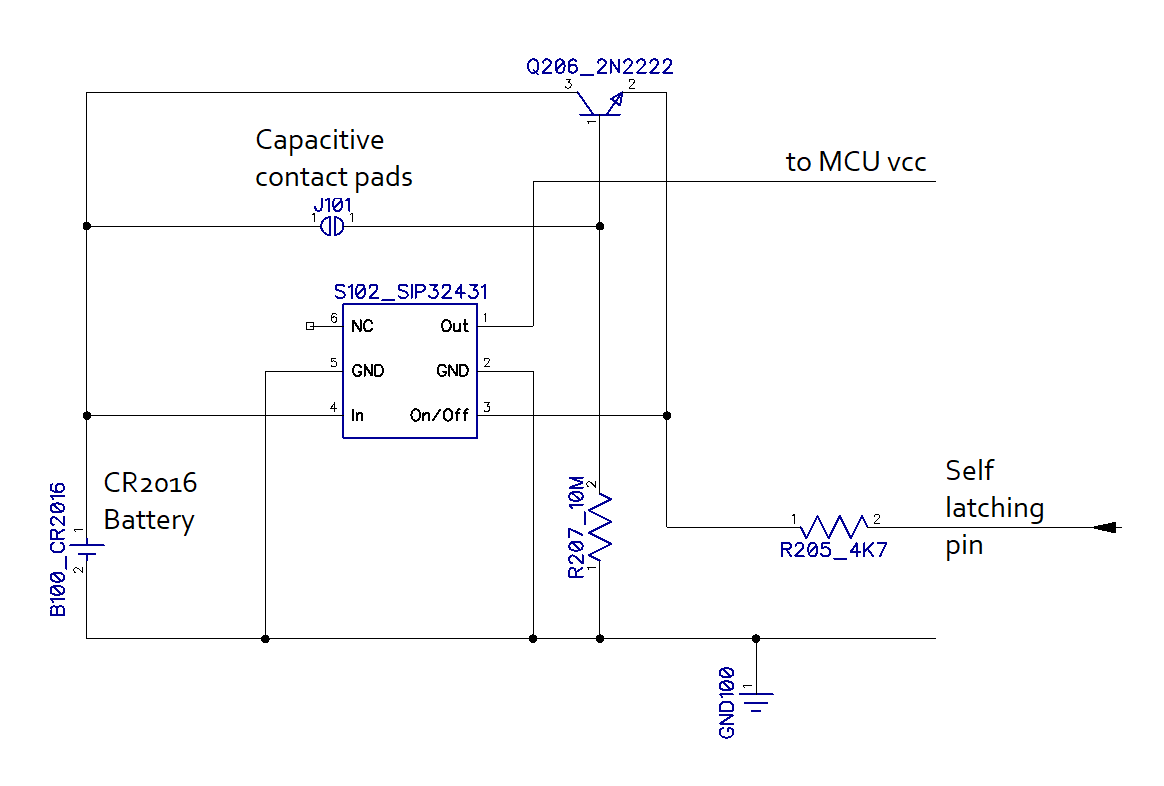
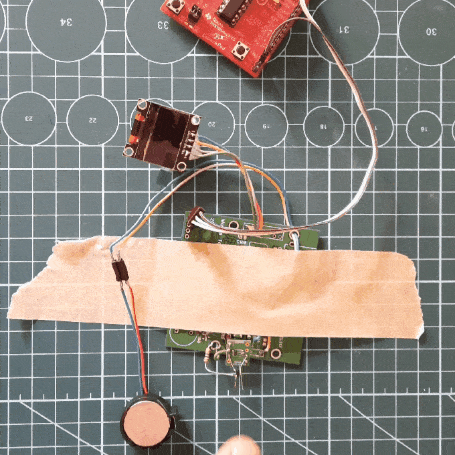
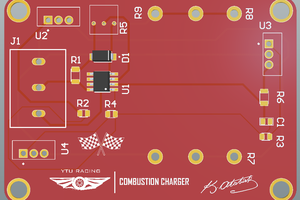
 aysenurkarga
aysenurkarga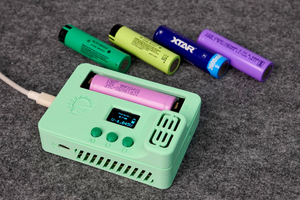
 Open Green Energy
Open Green Energy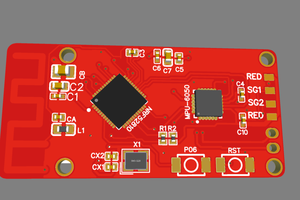
 UltraReidar
UltraReidar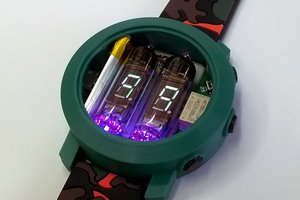
 Mile
Mile